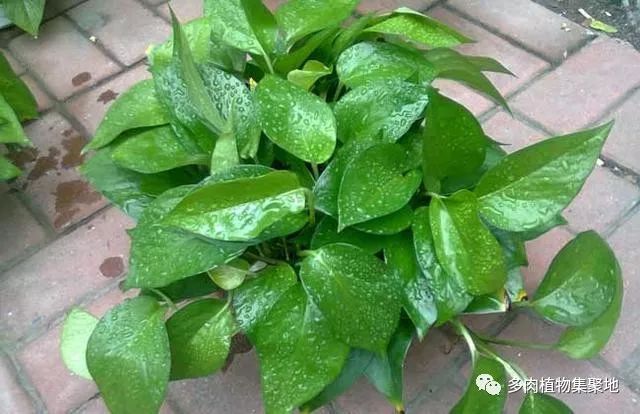Pour vinegar at home into the flowerpot for 10 days and feed it once. The potted plant blossoms very vigorously.

Vinegar in the kitchen at home is not only a seasoning for cooking, but also a fertilizer for potted flowers. Watering flowers and spraying leaves with edible vinegar solution can promote plants to grow strong, reduce diseases, and bloom full and gorgeous. Strengthen photosynthesis; can also increase the content of chlorophyll, enhance the disease resistance of flowers, flower friends on the action, the home "vinegar" in the flowerpot, 10 days "feed" once, has been growing, blooming more fiercely!
How to use vinegar to water flowers?
Of course, edible vinegar can not be sprinkled directly into the potted soil. After mixing edible vinegar with water, you can water the flowers. The proportion of edible vinegar with water is generally 1:20, but it is safer to mix edible vinegar with water at 1:50. The effect will not appear immediately after use. It will take some time to work. Green pineapple, rich bamboo, tiger skin orchid, longevity flower and crab claw orchid can be watered every 10 days, which can make their leaves fat and green, grow all the time and blossom more.
Some like slightly acidic flowers with pot maintenance, often watered with tap water, pot soil is easy to alkali, so it is easy to induce yellow leaves of plants, plants are not easy to bloom. Like slightly acidic flowers are common, rhododendron, green apple, gardenia, rich bamboo, tiger skin orchid and other plants.
When choosing soil for flowers, we should first look at the habits of potted flowers. The acid smashing degree of soil directly affects the growth and absorption of flower roots, and then affects the metabolism and enzyme activities of flowers, so it is an important factor affecting flower growth. Too strong acidity or alkalinity are disadvantageous to the growth of flowers, and some even die because they are unable to adapt.
Green pineapple with vinegar
Green pineapple is a relatively wet flower. Keep the pot soil moist in spring, summer and autumn. The potted soil should not be too dry, or it will make its leaves yellow and unattractive. Do not water too much to cause stagnant water, otherwise it will lead to rotten roots and withered leaves. Green pineapple can be poured with "vinegar", pay attention to must be mixed with water, as mentioned above, edible vinegar is aseptic treatment, and there is an appropriate role of sterilization, can prevent fungal infection, so that plant plants grow more robust, to prevent the growth of various diseases and insect pests.
Watering of potted green pineapple
After October, the amount of water should be gradually reduced, and watering should be controlled in winter, and the surface of the basin soil should be watered only when it is dry. If watering according to the amount of water in other seasons, it will reduce the cold resistance of the plant, resulting in green radish leaves and rotten roots. In winter, the leaves should also be sprayed with warm water every 3 to 5 days, which can not only remove the dust on the leaves, but also increase air humidity to reduce the adverse effects of cold and dry winter climate on green pineapple.
Here is a gathering place for flower lovers, sharing flower conservation skills, welcome to follow and exchange.
- Prev

If the light of the three kinds of flowers that are afraid of the sun is slightly larger, the yellow leaves are more exuberant in the living room.
Not all flowers and plants like the sun, some flowers, their growth characteristics are very unique, they are not very dependent on the sun, like placed in the living room is a good choice, rather than placed on the balcony.
- Next

These seven places in Hubei take a glance at the autumn and look amazing for a year.
Autumn in October, without the anxiety of summer, the breath of autumn comes slowly, the whole China is jumping rapidly with beautiful colors, from north to south, from west to east, the beauty of the whole country will be infected with the mark of autumn, the beauty is amazing, not beautiful.
Related
- Wuhan Hospital Iron Tree Blooming Result Was Instantly Frightened by the Gardener Master
- Which variety of camellia is the most fragrant and best? Which one do you like best?
- What is the small blue coat, the breeding methods and matters needing attention of the succulent plant
- Dormancy time and maintenance management of succulent plants during dormancy
- Minas succulent how to raise, Minas succulent plant pictures
- What are the varieties of winter succulent plants
- How to raise succulent plants in twelve rolls? let's take a look at some experience of breeding twelve rolls.
- Attention should be paid to water control for succulent plants during dormant period (winter and summer)
- Watering experience of twelve rolls of succulent plants
- Techniques for fertilizing succulent plants. An article will let you know how to fertilize succulent plants.

